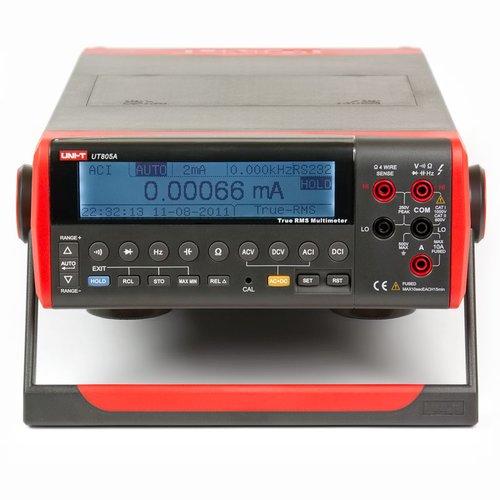A multimeter is a device which measures electrical properties such as AC or DC voltage, current, and resistance. Latest multimeter are integrated with more and more additional features. Electricians and the general public might use it on batteries, components, switches, power sources, and motors to diagnose electrical malfunctions and narrow down their cause.


The two main kinds of a multimeter are analog and digital. A digital device has an LCD screen that gives a straight forward decimal read out, while an analog display moves a bar through a scale of numbers and must be interpreted. Either type will work over a specific range for each measurement, and users should select one that's compatible with what he measure most.




Major parts of Digital Multimeter (DMM)
- First press ON/OFF switch, here it will ON when press down.
- Select source your are going to measure, AC or DC.
- Then Select one of the the parameter from Ohms, Voltage, and Current. (Thoroughly look at the maximum value it can be measured)
- After that select most appropriate range. As a example if you going to measure less than 20V select 20V range, if you select higher range it reduce the accuracy in final reading.
- Finally keep probe where you need to measure potential difference.
Block Diagram of DMM

 |
| Internal View |



No comments:
Post a Comment